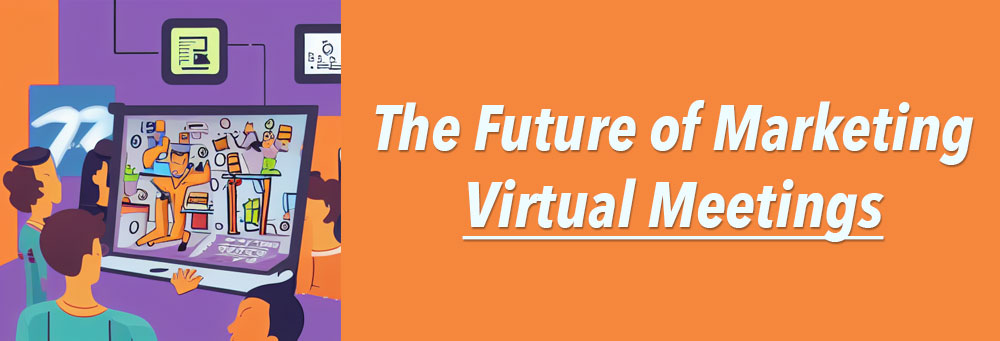Video is a powerful tool for engaging website visitors. It can be used to communicate…

The Secret to Viral Videos: It’s Not as Mysterious as You Think
Have you ever wondered why some videos seem to go viral while most do not? It is something people in our industry discuss all the time. The question is so pervasive that you can Google it and find all sorts of sites offering step-by-step instructions for producing a viral video of your own. But then you try it and fail. What gives?
Online marketers have a tendency to offer all sorts of tips explaining how to use videos as marketing tools. They talk about things like avoiding sales pitches and keeping messages simple. But there is another way to look at the viral video question: from a standpoint of human psychology.
Back in 2013, a team of researchers from the National Science Foundation, the University of Hawaii, the University of Alabama, and Ohio State University wanted to understand the psychology behind viral videos and memes. They conducted two studies in hopes of finding some answers. They found exactly what they were looking for.
Videos and Emotional Connections
Your average digital marketer understands that videos have to make an emotional connection to be successful. But just talking about an emotional connection is to oversimplify the matter. Marketing videos need to go further than that. According to the 2013 research, for a video or meme to truly go viral, it must create what the researchers referred to as an ’emotional contagion’.
If you are like the rest of us, you’re now asking yourself what that means. An easy way to understand it is to think in terms of the one recent event that has changed all our lives: the COVID pandemic.
COVID is a disease caused by coronavirus. Likewise, coronavirus is a contagion. It quickly spreads from one person to the next with very little effort. The more easily a contagion spreads, the more quickly it ‘goes viral’, so to speak. Here’s the thing: not all contagions spread so easily. That’s why we draw a distinction between normal contagions and those that are highly infectious.
A Motivating Connection
The difference between a normal emotional connection and an emotional contagion is the resulting motivation. You can follow all the standard video production protocols to create a video that makes an emotional connection. But how strong is that connection? Is it strong enough to motivate the viewer to do something beyond watching?
The researchers discovered that videos can go viral regardless of their content. A negative video can go viral just as easily as a positive one. A video depicting something gross can become just as popular as one that creates warm and fuzzy feelings. It is not so much the content as it is the way that content resonates with viewers.
A viral video is one that makes an emotional connection strong enough to motivate people to share. Think of it like a joke. You may hear a joke funny enough to make you chuckle but not so funny that you feel compelled to share it with somebody else. You can hear another joke that leaves you laughing so hard you cannot get any rest until you tell everyone in the office. Viral videos work the same way.
There Is No Formula
Unfortunately, there is no black and white formula for producing viral videos. Whether you are making something for yourself or putting together sales and marketing videos, a video’s potential for going viral is often the luck of the draw. You do everything you can to create that emotional connection, then hope the connection is strong enough to motivate people to share.



